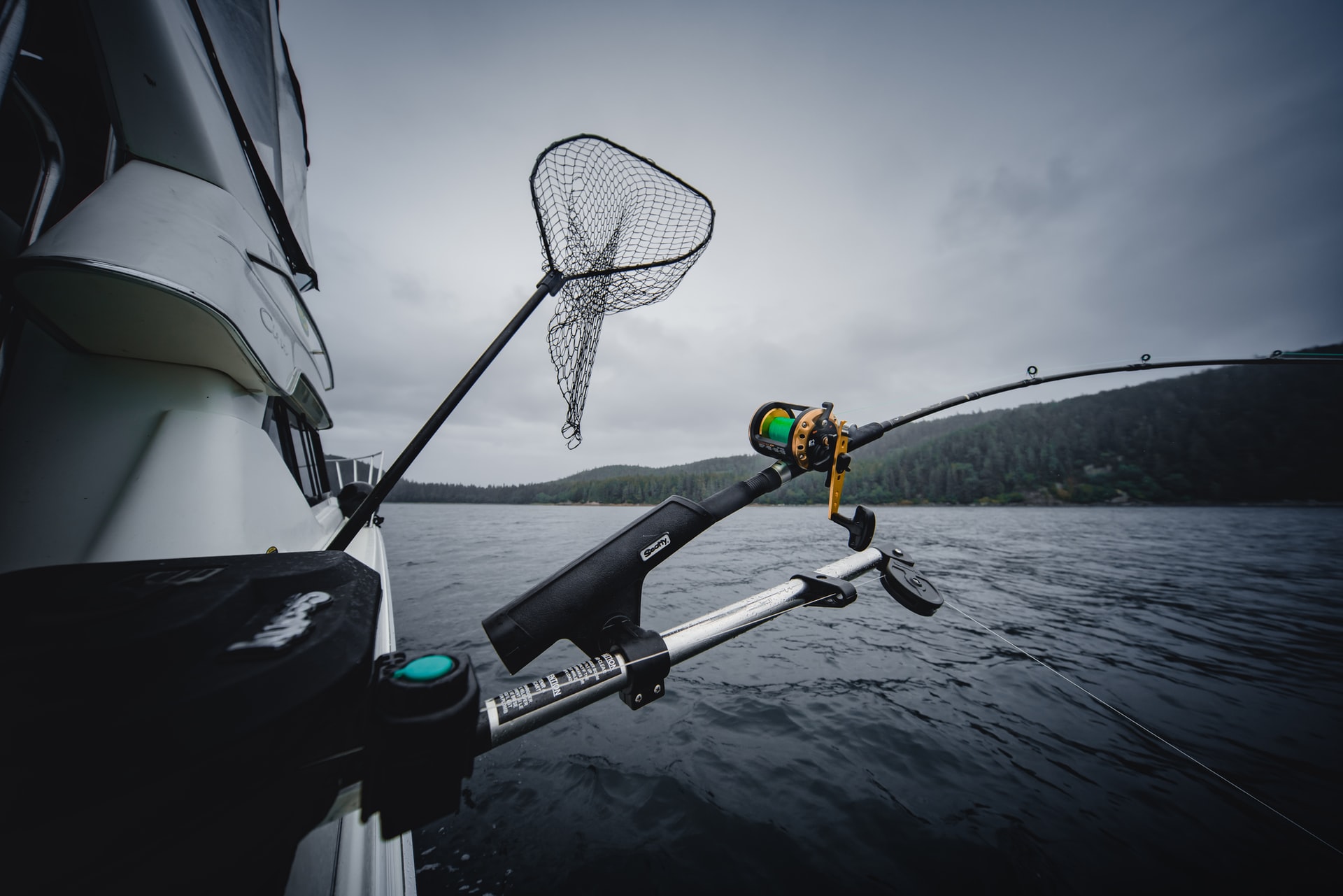If you are interested in sea fishing, you will be considering the clothing and equipment that you require. We look at the question: What Do I Need For Sea Fishing?
How do you start sea fishing?
Initially, you want to establish whereabouts you'd most prefer to fish, whether you will fish from a boat or the shore, on private or public piers or a harbour. We highly recommend that you choose fishing from the shore instead of a boat or a charter; this will give you plenty more access and get used to the light gear.
However, before you even begin, you'll want to consider investing in some quality fishing gear suitable for fishing from the shore. There are multiple areas on the shore to shoals of fish from; you could choose to fish for wrasse from a rocky shoreline or for several different kinds of species at the beach during the summer season. The safest option for you would be to fish from the shore, and it is often the most popular choice.
It would be best to get yourself a fixed spool sea fishing reel perfect for the job at hand; this is a much better and more practical choice than a multiplier reel as it is more straightforward to cast, and therefore it becomes easy to catch more fish as a beginner angler.
Multiplier reels allow you to cast far further than any fixed spool; however, beginning with a fixed spool will help you learn the ropes and should suffice in the first stages.
It is best to invest in and use 4oz and above leads, allowing you to combat the wind, any harsh waves or currents. Casting heavy leads far out into the sea requires a more challenging, more robust slackline; thus, you will need to spool on a shock leader of around 40 or 50lbs onto the reel to combat this. It may also help invest in a beach casting rod, enabling you to cast further distances and heavy leads. You can use numerous different leads for various weather or pressure conditions; for example, you will require something that can accurately and correctly hold the bottom much better in harsher, stormy conditions.
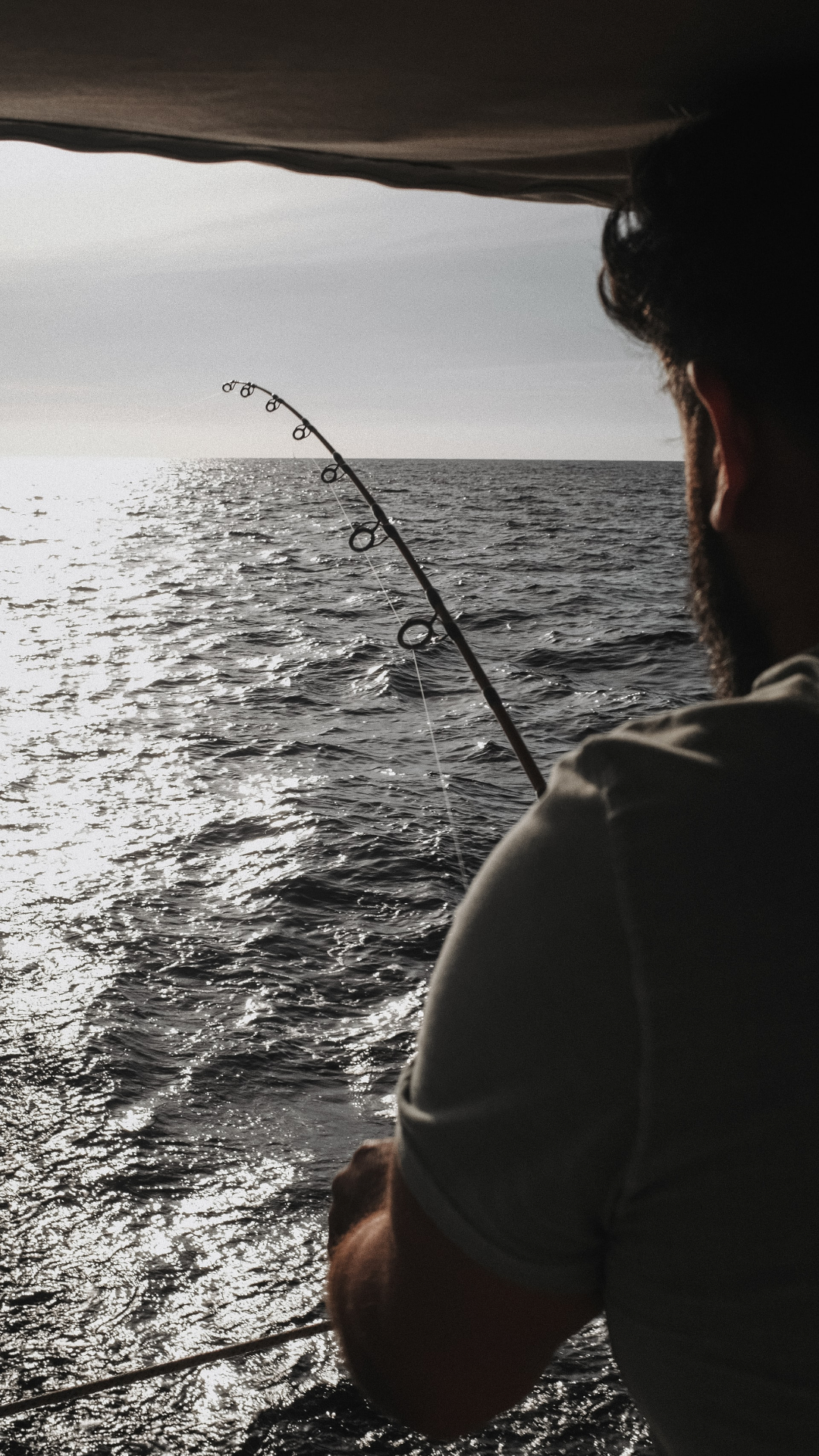
Before you officially begin casting out your rig and bait, ensure you get comfortable with your setup. It would help if you got your beach caster rods, line spooled up, fixed spool reel and shock leader tied with the lead end connected to the opposing end. It would be best for you to practice casting your setup and getting used to it as much as you can.
To assist you, you may even want to try your hand at a "Tailed Bomb", which can help you cast further and greater distances. Get yourself a rig and put one together with baitfish on end to entice your fish, and once you've gotten used to it, cast out and start fishing! Place your rod forward to reach deep into the water, and you can begin to raise and lower it every so often to attract fish from the surface.
Prepare/Research
It is essential to do a little bit of research on the ways to catch fish before you get started fishing. Research allows you to understand the equipment needed thoroughly, as well as the multiple techniques you may want to know or attempt.
You can utilise various techniques whilst fishing for mackerel or other species to get the most out of your trip, for example, light spinning rod, float fishing, and ledgering. First, ensure you decide which method you want to begin with and research as much as possible about that style, the skills and gear necessary to perform it.
The spots you choose to fish in can often dictate the kinds of equipment you will use. Fishing at a rocky shore or rock marks with plenty of debris coating the seabed surface requires an entirely different method and opposing gear to fishing from clear sandy beaches. Research into numerous local fishing areas will allow you to ensure you always have the right equipment to perform your tasks or job, and it increases your chances of catching mackerel and reeling up shoals of species of fish with minimal fight or struggle.
You can find a whole wealth of information online for new anglers to search through to and gather from. It can offer advice on the types of knots for rigs and how you should tie them, as well as the perfect bait to use to secure any fish you desire, such as daylights, spinners, floating bait, feathering, etc. It may also be wise to ask those in your local tackle shop for anything; they are often pleased to help.
Then decide on the types of species you are after catching and reeling, sand-eels, bass, trout, salmon, mackerel; The depth of their feed? What food or fish do they go after? What is the minimum size or length you can catch and take with you? What species must you return to the seas or rivers after you retrieve them? These are some of the vital questions to research before heading off on your fishing trip. You don't want to get caught going against the laws and regulations set by the Environmental Agency regarding the protection of certain species.
Get to know the basics
When you have decided on the best fishing methods for you, the spots you wish to fish in and, of course, the fish you're after, the next logical step is learning the basics.
You'll want to learn basic knots used to attach hooks, learning to cast and building rigs. Various techniques are more advanced than others, so the best, to begin with, are likely light spinning for mackerel and other small species or float fishing if you are a beginner angler. Ledgering is a much more complex technique; rigs must be tailored to the exact spot and species of fish you are searching for.
Right gear/equipment
When you start, it is essential to be aware that the correct gear for the job is one of the most significant factors. Your equipment may change depending on the fish you are looking to catch, the location you are fishing in, or the chosen technique. For example, those looking for the best way to catch mackerel may need to fish on piers or by small rocky cliffs where you are close to deep waters.
When choosing your mackerel fishing location, do plenty of research to find out the most successful techniques utilised and the most common fish species in that spot. Numerous anglers have their favourite baitfish or lure to target mackerel and catch certain species like Cod or Bass.
Knowledge of the correct gear and equipment and your best bet is to chat with an experienced angler at your local tackle shop. They often offer the best advice and can provide handy tips for particular species.
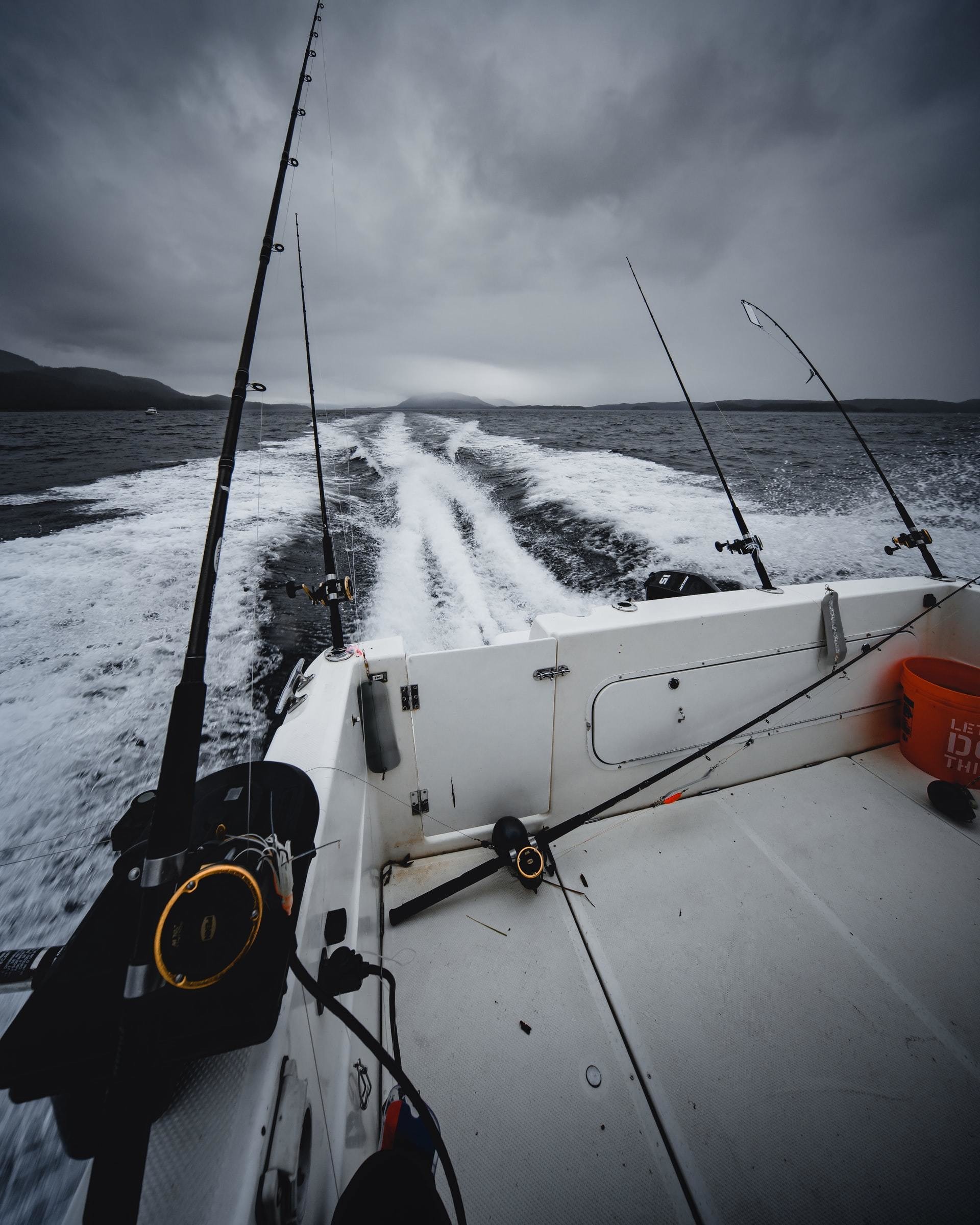
Fixed Spool or Multiplier?
There are two primary types of a reel when fishing for mackerel or other species in the sea, and many complete beginners often start using a fixed spool.
There are numerous benefits of using fixed spools; firstly, they are incredibly straightforward for anyone to use, making them excellent starting gear.
While they can be highly effective, multipliers are rather tricky to get used to as a complete beginner. They require plenty of experience and a level of skill; otherwise, you could find yourself in a pretty tangled mess, or what is referred to as a birds nest.
Multiplier technology is constantly improving over time, making them gradually easier than once before. For those planning on learning to use a multiplier, the best way to test out your gear and technique is by practising casting in an empty field. Be sure to take extra rods and reels along with you to ensure you don't lose out if you get too harshly tangled.
What equipment will I need?
Here is a list full of the equipment you will need to gather before beginning:
A rod and reel
A tackle
Some bait to lure in the fish
A sharp knife
A cloth to clean your hands and for holding spikey fish
A bucket for all your potential catchesSmall first aid kit
A long-nosed but small disgorger or plier
A spare spool of line to make rigs
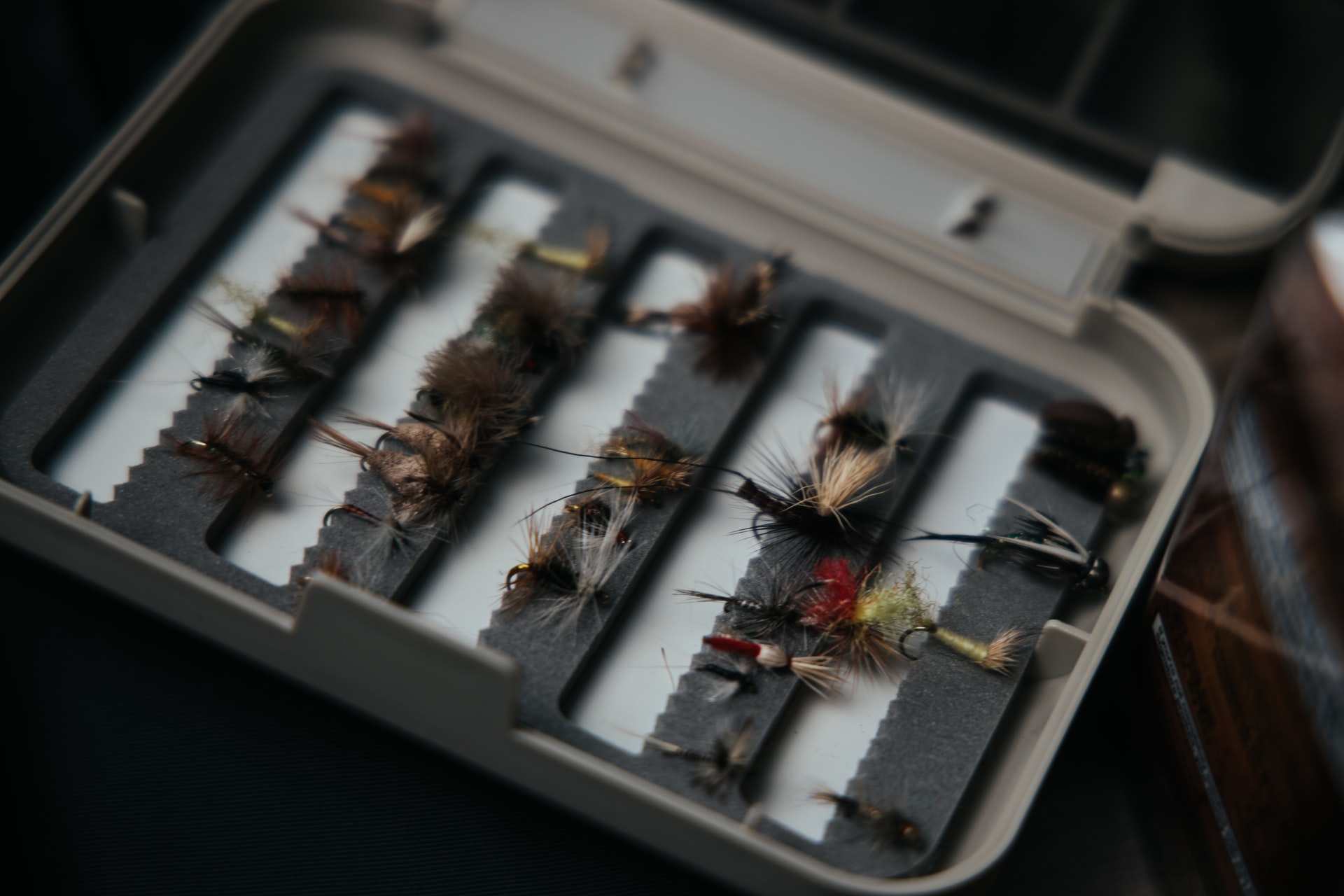
Weights & Tackle
Your rod deciphers the kind of weight you can use to fish with. Each rod allows for its own recommended casting weight; you should strive never to exceed this stated weight as you may injure yourself or damage your rod.
Weights for your rod can come in various shapes, and this shape could also be detrimental to the style or method of fishing you do. For example, ledgering requires an opposing weight to ledgering. You may also wish to consider the hook size, type, or line, which could also impact the overall weight.
Choose a location
There are multiple locations most suitable for commercial fishing and fishing sports; however, you must consider that they may not be ideal all year long.
Many spots get fished at numerous different times depending on the weather conditions or types of species roaming the area during that particular season.
The best way to gather information is to ask experienced anglers at your local tackle shop. They are likely to be highly aware of the best locations and the perfect times to go and fish in them.
Bait
Bait for fishing activities can come in many different forms, such as worms, sand-eels, crabs, or other lures like spinners, jigs, and mackerel feathers. Some baits are better at certain times of the year, and others aren't available. Choosing bait often comes down to the location you are fishing in and the season.
Lures are a popular option, and over the years, they often hold up against natural baits. Lures like mackerel feathers or jigs are often a great deal less hassle to use than natural bait and are much cheaper than consistently buying more bait. The most prevalent lures are Sidewinders; they are pretty lifelike and come in numerous forms like sprats, shrimps and sand-eels.
Weather
As mentioned beforehand, the weather is a highly essential factor during sea fishing. It dictates the type of clothing to wear, the gear to bring, locations to fish, how far down to sink your rod and line, and whereabouts fish are most likely to gather.
It is also wise to check out the tide times. You don't want to get swept out to sea, find there's a lack of fish or find yourself in any tricky situations.
Be prepared
Multiple experienced anglers strive to carry a tackle box with them, including all the necessary items they need for the job or the day. There are so many valuable tools, gear anglers, and fishermen required to complete a day of fishing, and without certain items, you may struggle to catch what you want.
Ensure you have plenty of angling accessories, headlamps, scissors, pliers and any spares you could lose through snags. It would be a bright idea to bring extra equipment and clothing, especially in the UK when the weather can drastically change.
Stay Safe
Safety is a vital aspect of any outdoorsy task, especially for a sea fishing beginner. Several elements could become incredibly dangerous during times of harsh weather conditions; even some of the most experienced anglers can find themselves caught out in a dangerous storm. Pay close attention to the times of the tides, especially for fishing in tidal areas where land often gets cut off.
Try to wear sensible footwear and clothing to protect yourself from injuring yourself, especially for those fishing near rocky areas that can grow slippery, especially if the weather is wet. If it is possible, go with a friend or family member to ensure support and safety.
Items Useful for Any Fishing Session
Camera/phone: These are useful for capturing images and photographs of their catches before placing them back into the ocean. It is highly frowned upon to kill fish with no intention of eating or utilising them.
Therefore many anglers are happy to show off their catch with a quick photo before returning it where it belongs. A fully charged phone should do the trick.
If there's a signal wherever you choose to fish, it also may be helpful during troubling times or emergencies if you require assistance.
Towels/cloths: You can use these to wipe your hands after unhooking fish or after baiting hooks.
First aid: Carry with you a small first aid kit with bandages, plasters and any sterile medical wipes or items that will treat cuts or grazes in case of an injury.
Drop net/landing net: A net is excellent for landing your catch when dangling off your line. The most modestly sized fish can often be challenging to reel out of the sea and drop nets allow you not to lose the catch.
Tape measure/scales: Any fish retained must be under or just to the legal limit. Scales can be used to determine the weight of the catch correctly.
Knife/Chopping Board: These are essential when cutting and prepping your bait or gutting the fish you catch if you intend to eat them there and then.
Disgorger: The disgorger is necessary for efficiency when getting the hook free from the fish caught. The most prevalent type used is the T-Bar type, as it is incredibly versatile. You may use it to hook and unhook a wide range of species, even if the hook is rather deep.
What should go inside my fishing tackle box?
Here is a list of the items you must consider packing in your tackle box:
Packets of feathers
Packets of swivels
Two or more floats (including suitable weights)
Two, three or more sets of hooks
Six or more weights
Bait elastic
String
Spare line or rod
Long-nosed plier or disgorger
Large or small beads
A sharp knife
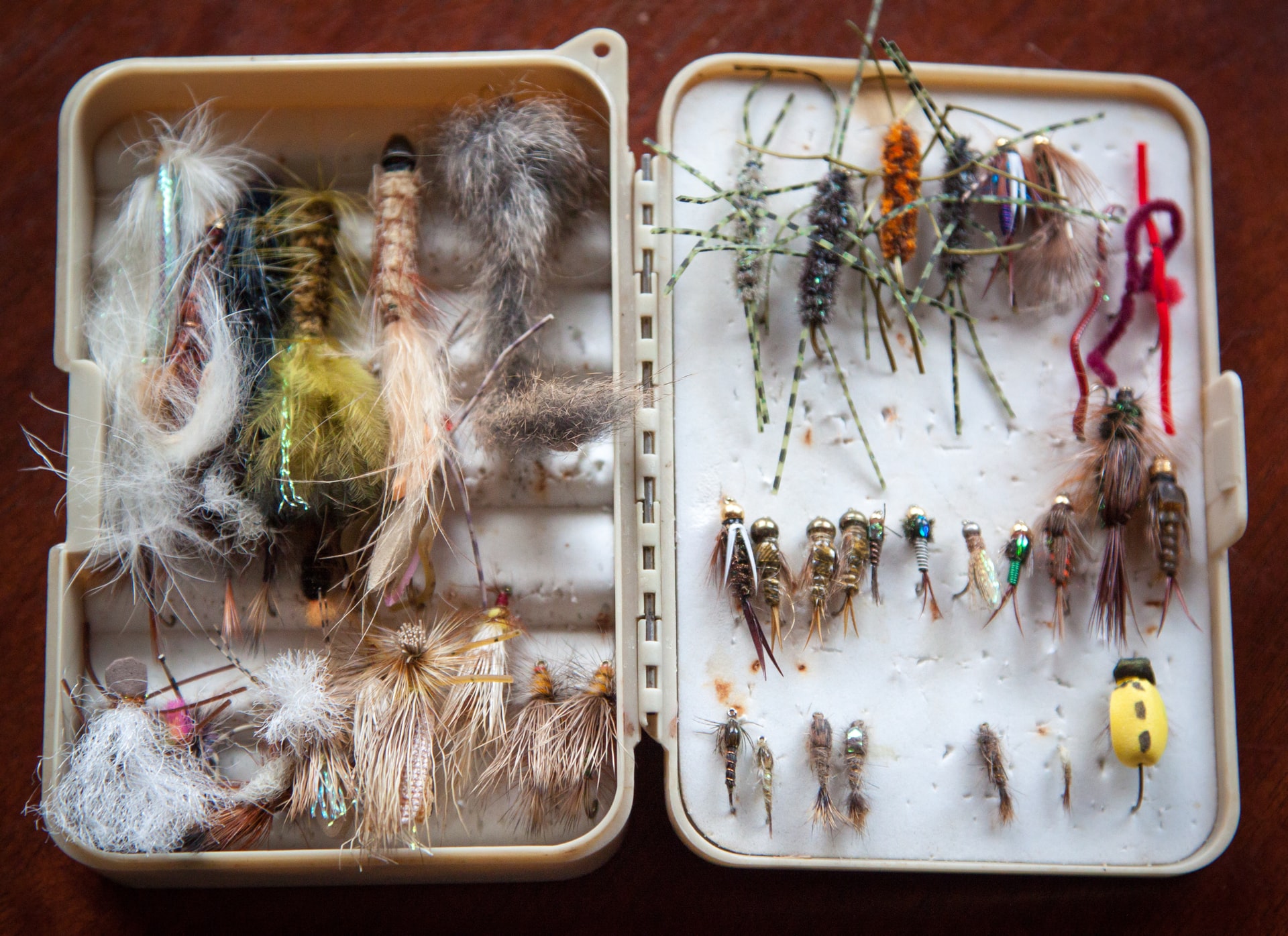
Best time to shore fish
The best time to fish at shore depends on the catch you are after. We recommend dawn and dusk, dawn being the better time.
During daytime fishing, the rising tide or when the tide is most high is the best opportunity to fish.
Multiple saltwater and freshwater fish species prefer higher waters, so fishing during these times is often more productive.

Looking For Sea Fishing in Cornwall?
We hope you have got some useful tips from our article, What Do I Need For Sea Fishing. If you want to experience sea fishing in Cornwall, our experienced skipper is here to show you the best locations around Looe. Whether experienced or new to sea fishing, we can help you enjoy the trill of local sea fishing.
